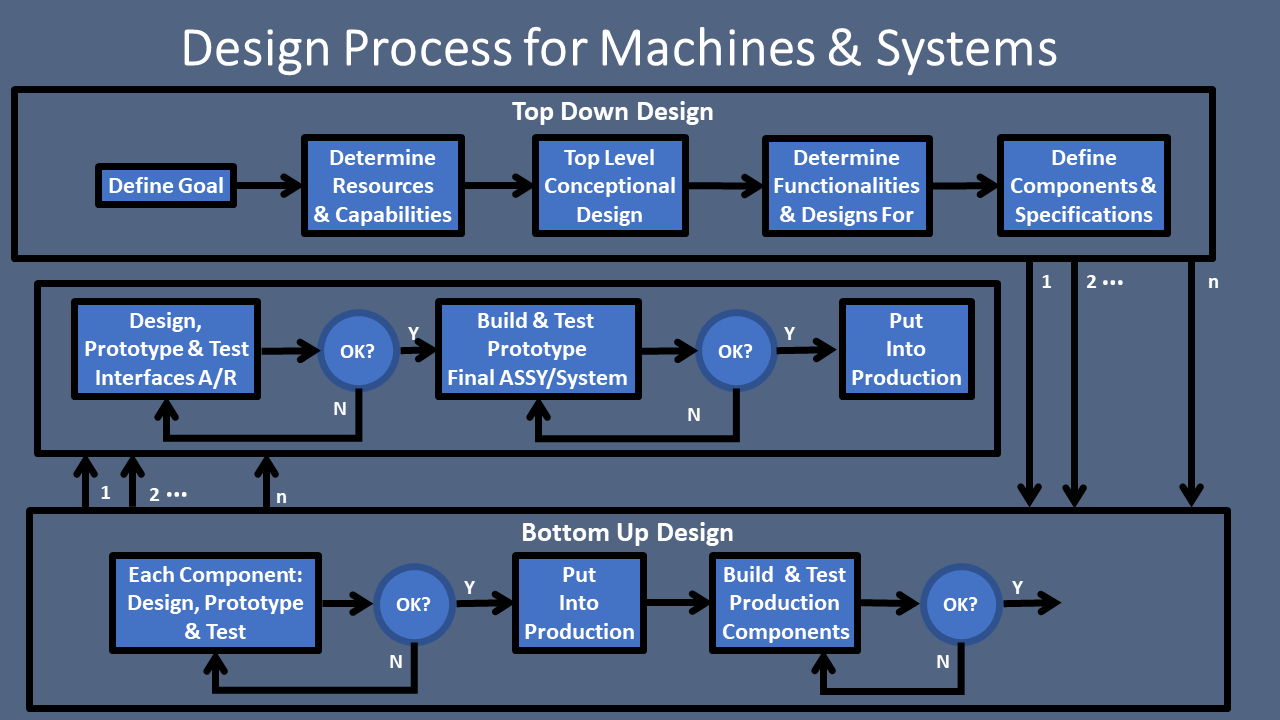It is Memorial Day. The headline story in the Seattle Times paper this morning is entitled “Science curriculum debate moves to School Board vote.” The piece uses an 8th-grade teacher explaining mutation as an example of the Amplify Science program which the vote is about. I think we can all surmise which side of the ID debate this program is on.
“ID is not science and therefore cannot be taught in schools” is a response virtually all our friends give, including the theists, when this subject is being discussed.
The arguments “irreducible complexity,” “where does the information come from,” coherence, causal circularity (a new argument?) do not confront the “not science” argument directly.
But the realization that machines depend upon logical functionality as a minimum, (it could be a higher level, e.g., neural network, abstract or supreme levels), that logic is a form (the lowest) of intelligence, and that life depends upon machines in each cell, we have the argument that life itself is not all science; it is science plus intelligence!
And the argument does not end there. We can show, several ways, that natural causes cannot create machines:
- Machines must have logical functionality – natural causes do not have any mechanism to deal with logical causes – the means to do so requires manipulation of matter/energy to and the ability to deal with and act upon the information.
- All machines require matter that is held in a state of unstable or off equilibrium while the machine is running, which is a violation of the 2nd law for non-intelligently altered matter/energy.
- Machines with the help of added energy (logical functionality consumes energy) can both increase free energy and reduce entropy at the same time which also is a violation of the 2nd law for non-intelligently altered matter/energy.
- Machines require configurations of matter/energy that natural causes cannot create because they require intelligent work – something only machines can do (causal circularity). Note: this point requires explanation, which, of course, we (EWG) will be more than happy to provide.
Since machines depend upon embedded intelligence, we can add to the argument “where did the information come from” the argument “where did the information come from?”
Since we can show why all machines require logical functionality, there is a method to falsify the claim that natural causes can perform the work of a machine, that is: demonstrate natural causes performing logical functionality.
I believe the machine argument is the best in the ID quiver. It is different and more powerful. It directly ties intelligence to life. It provides new, better arguments about why natural causes cannot create life. It is falsifiable. This is an engineering orientated argument that is right down our alley.
I also think there is an impressive way to illustrate and teach some of the principles involved with the machine-life connection. An egg is a two-way metaphor for life; Christian/Easter, and the chicken-egg conundrum. The idea is to design a machine inside the egg that, when running keeps the egg balanced on an end (unstable equilibrium), tilts (away from equilibrium) when the egg is “sick” and falls over on its side when “dead” (equilibrium). Imagine ID talks starting with the speaker setting the “ID egg” on the podium and in classrooms when the teacher is teaching biology. I’m working on it.
© 2019 Mike Van Schoiack








